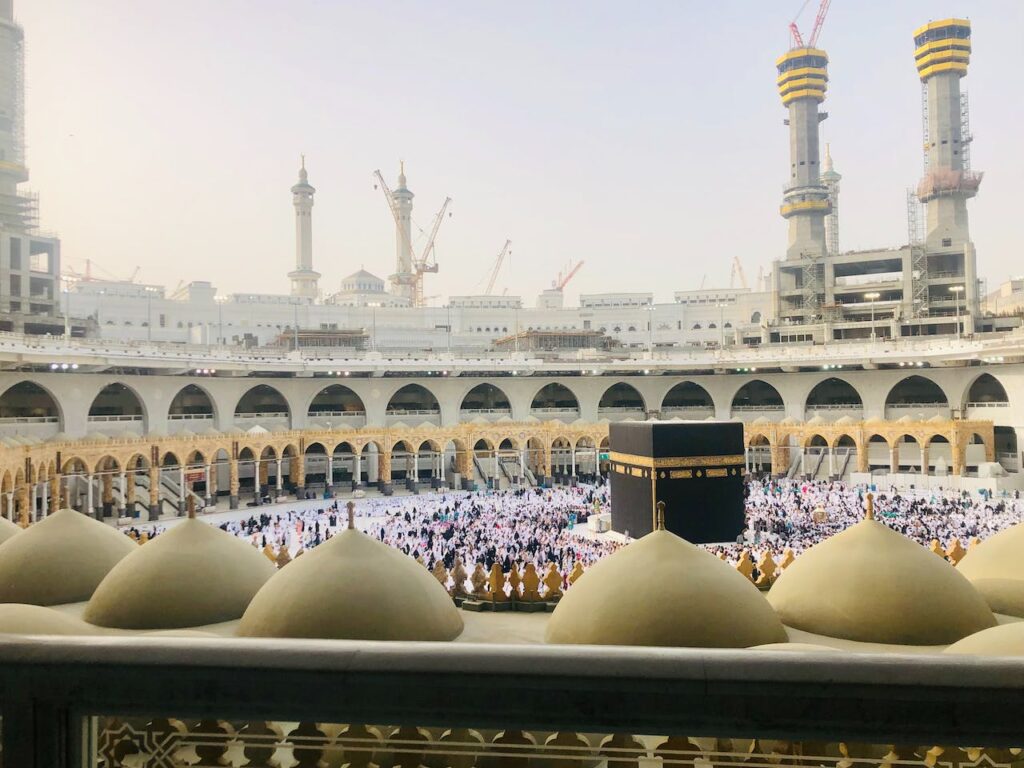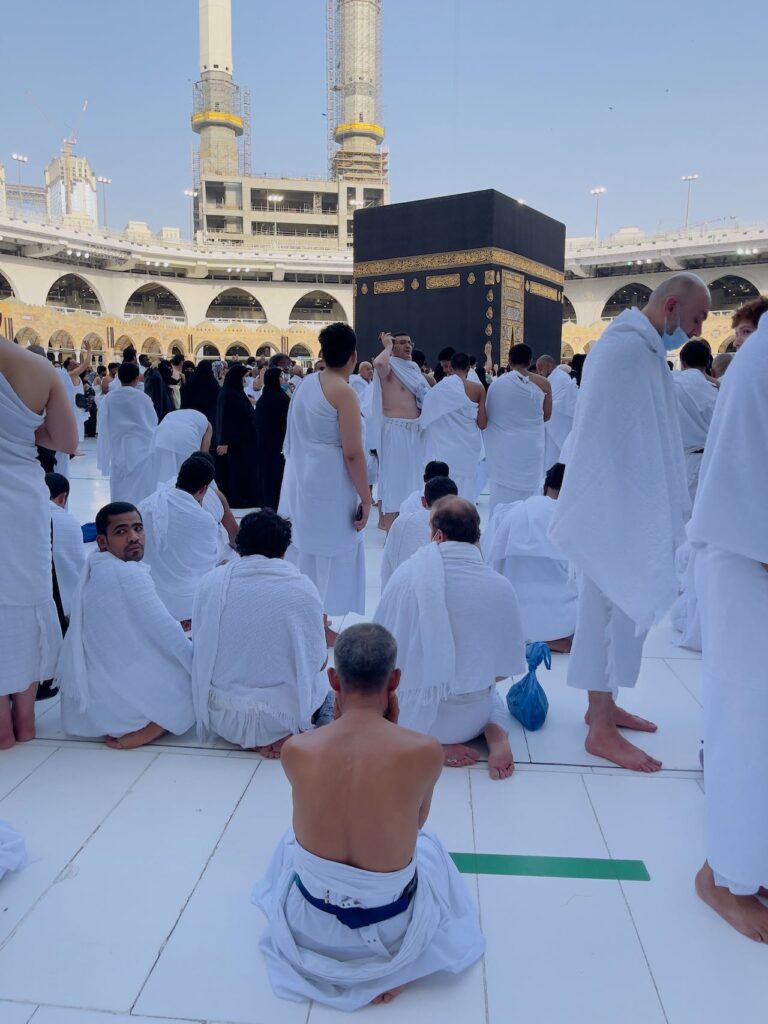Ihram, the sacred state of pilgrimage in Islam, is a time of profound spiritual significance for millions of Muslims worldwide. It is a period of intense devotion and self-reflection, during which pilgrims embark on the holy journey of Hajj or Umrah. While Ihram requires adhering to a simple and modest dress code, it does not restrict the expression of elegance and beauty through Jewellery. In this article, we explore the significance of Jewellery in Ihram, its permissible forms, and the symbolic meaning it holds for pilgrims.
Can I Wear Jewellery in Ihram?
When it comes to Jewellery in Ihram, it is essential to adhere to the guidelines provided by Islamic traditions. Men and women are both allowed to wear simple and non-ostentatious Jewellery that does not violate the principles of modesty and simplicity. For men, permissible options include silver rings or watches. Women, on the other hand, can wear Jewellery made from any material, as long as it is not excessively extravagant.
Men in Islam are not allowed to wear gold, whether in Ihram state or not. While Women can wear any material of Jewellery, but should keep it hidden from non-mahram men.
Summary, Women and Men can wear Jewellery during Ihram. But it is preferable not to.
Symbolism and Personal Meaning
The Jewellery worn in Ihram holds symbolic significance for pilgrims. It can serve as a personal reminder of faith, dedication, and the spiritual journey they are undertaking.
For many,
Jewellery may carry sentimental value, passed down through generations, connecting them to their ancestors and their shared religious heritage. Furthermore, Jewellery can also be seen as a form of self-expression and a celebration of one’s identity as a Muslim.
Know More about this Fatwa: Is it permissible for a woman to enter Ihram when she is wearing gold?
Elegance and Simplicity
While Jewellery can enhance the beauty of a person, it is crucial to strike a balance between elegance and simplicity in Ihram.
The focus should always remain on the spiritual journey rather than materialistic pursuits. The Jewellery worn should complement the overall appearance without drawing unnecessary attention or becoming a distraction. Pilgrims should prioritize selecting pieces that are lightweight,
comfortable, and do not hinder their ability to perform the rituals of Hajj or Umrah.
Key Takeaways:
- While Ihram requires a simple and modest dress code, wearing permissible Jewellery is allowed and can enhance the spiritual journey of Hajj or Umrah.
- Men can’t wear gold Jewellery. While women can wear Jewellery made from any material as long as it is not excessive or extravagant.
- It is important to strike a balance between elegance and simplicity in Ihram. ensuring that the focus remains on the spiritual journey.
- Pilgrims should choose Jewellery that does not draw unnecessary attention or hinder their ability to perform the rituals of Hajj or Umrah.
FAQs:
Q: Can men wear gold Jewellery in Ihram?
A: No, men are not permitted to wear gold Jewellery in Ihram or any other time.
Q: Can women wear any type of Jewellery in Ihram?
A: Women are allowed to wear Jewellery made from any material in Ihram, as long as it is not excessively extravagant.
Q: Can pilgrims buy Jewellery as souvenirs during Hajj or Umrah?
A: Pilgrims are permitted to purchase Jewellery as souvenirs during their pilgrimage. However, It is advisable to choose pieces that are lightweight,
culturally significant, and hold personal value as a reminder of the spiritual journey.
Conclusion
In conclusion, Jewellery in Ihram serves as more than mere adornment; it is a symbolic representation of faith, heritage, and personal expression. While adhering to the principles of simplicity and modesty,
pilgrims can choose permissible Jewellery to enhance their experience during the sacred state of Ihram. Whether it is a small silver ring or a delicate necklace,
these pieces carry a profound meaning for individuals embarking on their spiritual journey. By embracing the elegance and simplicity of permissible Jewellery,
pilgrims can strike a balance between their external appearance and the internal reflection that lies at the heart of the pilgrimage experience.






